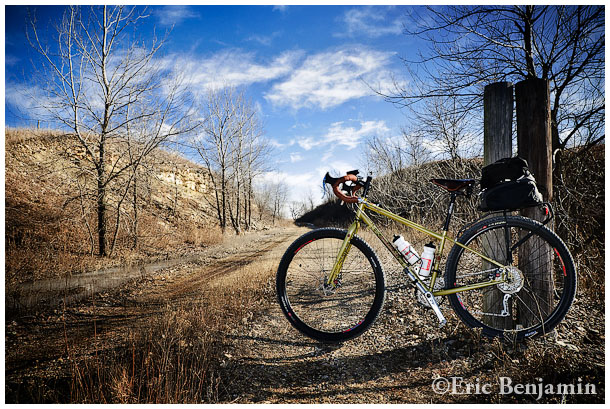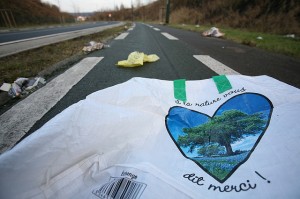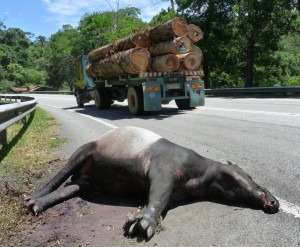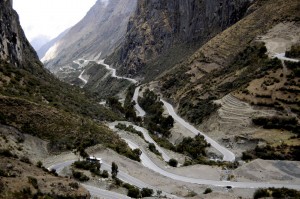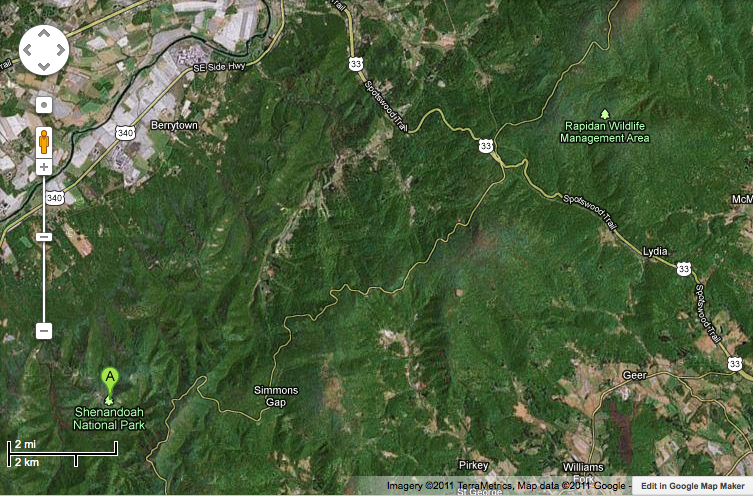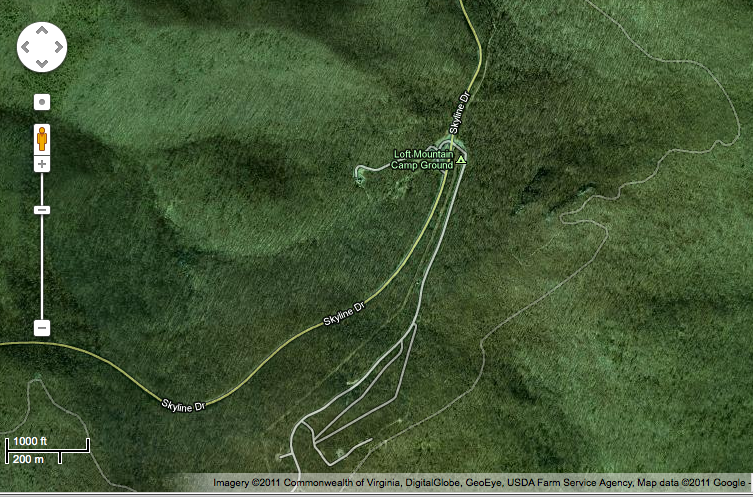 The goal of this page on the Community of European Railway Infrastructure Companies (CER) website is to highlight the benefits of railway infrastructure projects. To that end, the focus of the text is to compare greenhouse gas emissions from rail travel to those of road travel. Aside from several extra spacings, this page is sleek and well organized, and succinctly conveys its main points. The entire website has many pages and PDFs that would be helpful, should the reader decide to conduct further research. However, the title of the organization as well as the lack of evaluation of the negative impacts of railways indicates a bias. While this page is a fine source for solid figures that demonstrate the benefits of rail, its ultimate goal is marketing their products to the general public, and therefore certain important information is likely omitted.
The goal of this page on the Community of European Railway Infrastructure Companies (CER) website is to highlight the benefits of railway infrastructure projects. To that end, the focus of the text is to compare greenhouse gas emissions from rail travel to those of road travel. Aside from several extra spacings, this page is sleek and well organized, and succinctly conveys its main points. The entire website has many pages and PDFs that would be helpful, should the reader decide to conduct further research. However, the title of the organization as well as the lack of evaluation of the negative impacts of railways indicates a bias. While this page is a fine source for solid figures that demonstrate the benefits of rail, its ultimate goal is marketing their products to the general public, and therefore certain important information is likely omitted.
Category Archives: Uncategorized
Wildlands CPR
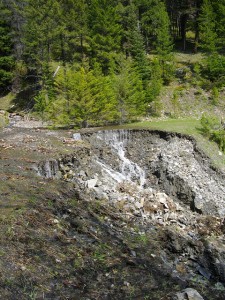 Wildlands CPR is an organization that focuses on reducing and preventing the harmful impacts that roads and railways have on the environment. Their website provides background information about what these harmful effects are as well as the ways in which Wildlands CPR is working to counteract those effects.
Wildlands CPR is an organization that focuses on reducing and preventing the harmful impacts that roads and railways have on the environment. Their website provides background information about what these harmful effects are as well as the ways in which Wildlands CPR is working to counteract those effects.
Wildlands CPR’s website is broken down in a way that is easy to understand. Information regarding current projects is available as soon as the website is opened. Each project has information about what goals have been set, what has been accomplished so far, as well as background information about why each project is important. Some of the projects listed include reducing the impact that road development has on watershed areas and working with parks to reduce the use of off road vehicles in the parks to protect plant and animal life.
While the website is very large and contains a large amount of information, its organization allows the user to easily maneuver through the information available. This makes the website just the right size no matter how much information is available. Because of the wealth of information available on this site it is able to widen its target audience to include both experts and people looking to learn the basics of what the impacts of road and rail on the environment are.
Overall I believe this is a very useful website that is constructed in a way that allows many people to use it for a variety of different reasons.
Adapting to Danger
The introduction of roads in areas inhabited by wildlife will undoubtedly put huge pressure on the local fauna. Only strong, lucky and clever individuals will be able to adapt and survive. This image shows a young owl waiting for mother owl to come back to their home, an underground water drainage network. Daily road traffic and floods are two of the major threats this owl family has to face on an everyday basis. 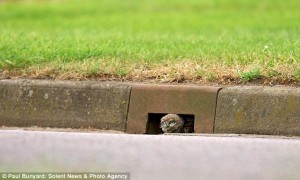
On the Road with the EPA
The Environmental Protection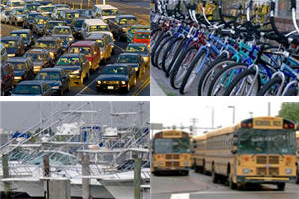 Agency created this website page, titled On the Road, in order to educate readers on the environmental impacts of transportation. It focuses on the harm and pollution vehicles create on a daily basis and how to to reduce these damages. This page serves as a base of information for those looking to be more environmentally friendly, as well as economically smart. With the continuously rising gas prices, its important to have information out there that can be easily accessed for people trying to find more fuel efficient vehicles.
Agency created this website page, titled On the Road, in order to educate readers on the environmental impacts of transportation. It focuses on the harm and pollution vehicles create on a daily basis and how to to reduce these damages. This page serves as a base of information for those looking to be more environmentally friendly, as well as economically smart. With the continuously rising gas prices, its important to have information out there that can be easily accessed for people trying to find more fuel efficient vehicles.
The website is well organized and easy to read. Viewers can find what they are looking for  based upon the headings in bold and links to other pages with more information. There are links to the EPA’s data on improving gas mileage, current ozone levels, and automobile emissions. This informative website succeeds at educating the general public in a clear and concise manner.
based upon the headings in bold and links to other pages with more information. There are links to the EPA’s data on improving gas mileage, current ozone levels, and automobile emissions. This informative website succeeds at educating the general public in a clear and concise manner.
Repurposing: Rails to Trails
It’s no secret that passenger trains in America have not had the same level of success as their European counterparts. The infrastructure wasn’t established well enough before the introduction of affordable automobiles, and the larger distances between major cities made the costs too high to entice families to forgo their private car full of cheap (at the time) gas.
However, as more and more trains are being derailed (figuratively) by failing companies, the decommissioned tracks are being repurposed to support healthier recreation trails where there was once pollution and wildlife danger. The program working to get more people on their feet and their self-powered wheels is called Rails-to-Trails, and could hopefully take something that began as an industrial invader of the environment and turn it around to promote more outdoor experience and nature sympathizers.
The question remains: is a human trail any less impacting on the environment than train tracks?
Transport or trap?
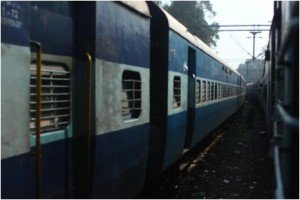 India’s extensive network of trains keeps the country connected and accessible for many people. It reaches a large network of the country’s locations and socioeconomic classes. However, as symbolized by this person trapped between the two railways, public transportation can be constraining and limiting in other ways for overlooked populations due to a reorganization of space access. In developing transportation infrastructures, it is crucial to examine the effects to all populations, both majorities and minorities.
India’s extensive network of trains keeps the country connected and accessible for many people. It reaches a large network of the country’s locations and socioeconomic classes. However, as symbolized by this person trapped between the two railways, public transportation can be constraining and limiting in other ways for overlooked populations due to a reorganization of space access. In developing transportation infrastructures, it is crucial to examine the effects to all populations, both majorities and minorities.
Photo credit: Leah Todd in Varanasi, India
And nature thanks you!
Roads open doors into pure environments. After opened, the result is often one of invasion allowing the once pristine landscapes and ecosystems to become littered and exploited.
The discarded reusable bag, ‘et la nature vous dit merci!’, now cluttering the ground, wasted, speaks for itself. The location is Charleroi, imbedded within the Pays Noir. The city was able to boom after a bridge was built in the 17th century, connecting it with roads to the rest of civilization and allowing population growth and industrial activity.
A Dangerous Gamble
The construction of roads opens up opportunities for the exploitation of environmental resources. At the same time, it affects the lives of innocent animals such as this Malayan Tapir. Look through an animal’s eyes; roads are a terrifying obstacle, one that poses a gamble of life or death.
Passing through Peru
Image
This switchback-savvy road cutting its way through the mountains of Peru runs from the Sacred Valley town of Ollantaytambo all the way to the tourist magnet world wonder of Machu Picchu. The road allows extremely heightened tourist traffic, bringing pollution and damaged hydrology to the area along with money. Which is needed more in Peru at this time: money or conservation?
Skyline Drive: The Shenandoah Fishbone
This is a screenshot I took of the Google Maps data on Shenandoah National Park. John Muir and Theodore Roosevelt initially intended the United States’ national parks to conserve the nation’s reserves of natural, untouched beauty, but in the last century the parks’ main purpose has shifted to tourism, and here we see two major roadways intersecting at the middle of this Virginia national park. What remains unseen at this magnification is the offshoots of smaller roads that spring from Skyline Drive–which runs lengthwise through the park–and further penetrate the forest (see below).

